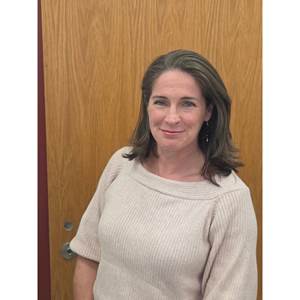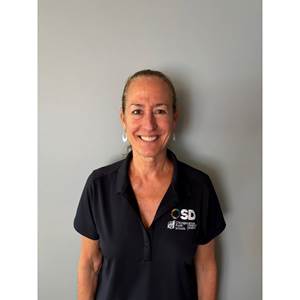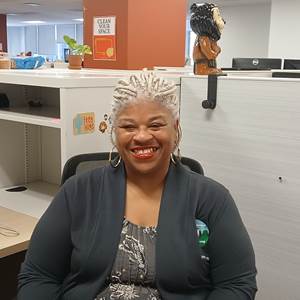CPS in 2023: Back on Track and Breaking Records
01 December 2023
After several challenging years, CPS students are once again showing substantial gains.
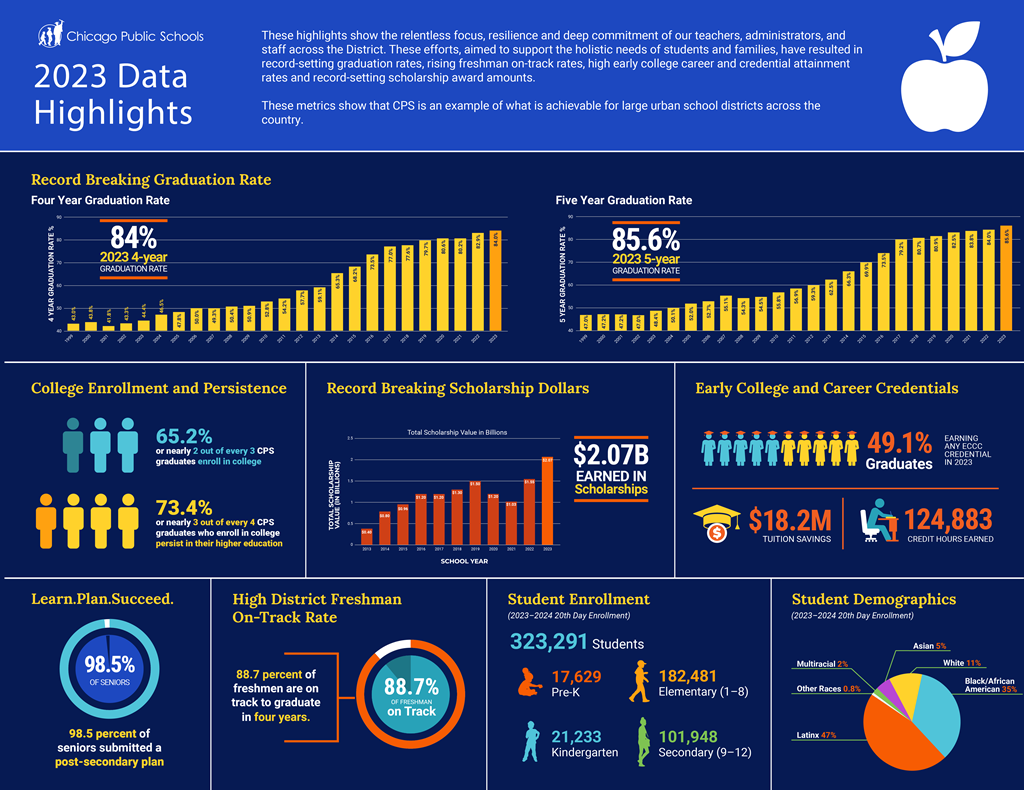
After several challenging years dominated by the COVID-19 pandemic, CPS students are getting back on track, showing substantial gains, and once again breaking records.
This blog post showcases the progress being made by our students, and the strategies CPS is using to help drive their recovery.
High School and Post-Secondary Achievement
Our ultimate goal at CPS is to ensure that when students finish high school, they are prepared for success in whatever path they choose, and that they follow through on their post-secondary goals.
Based on what we’re seeing from our recent graduates, we have a lot to celebrate.
Highest-Ever Graduation Rate
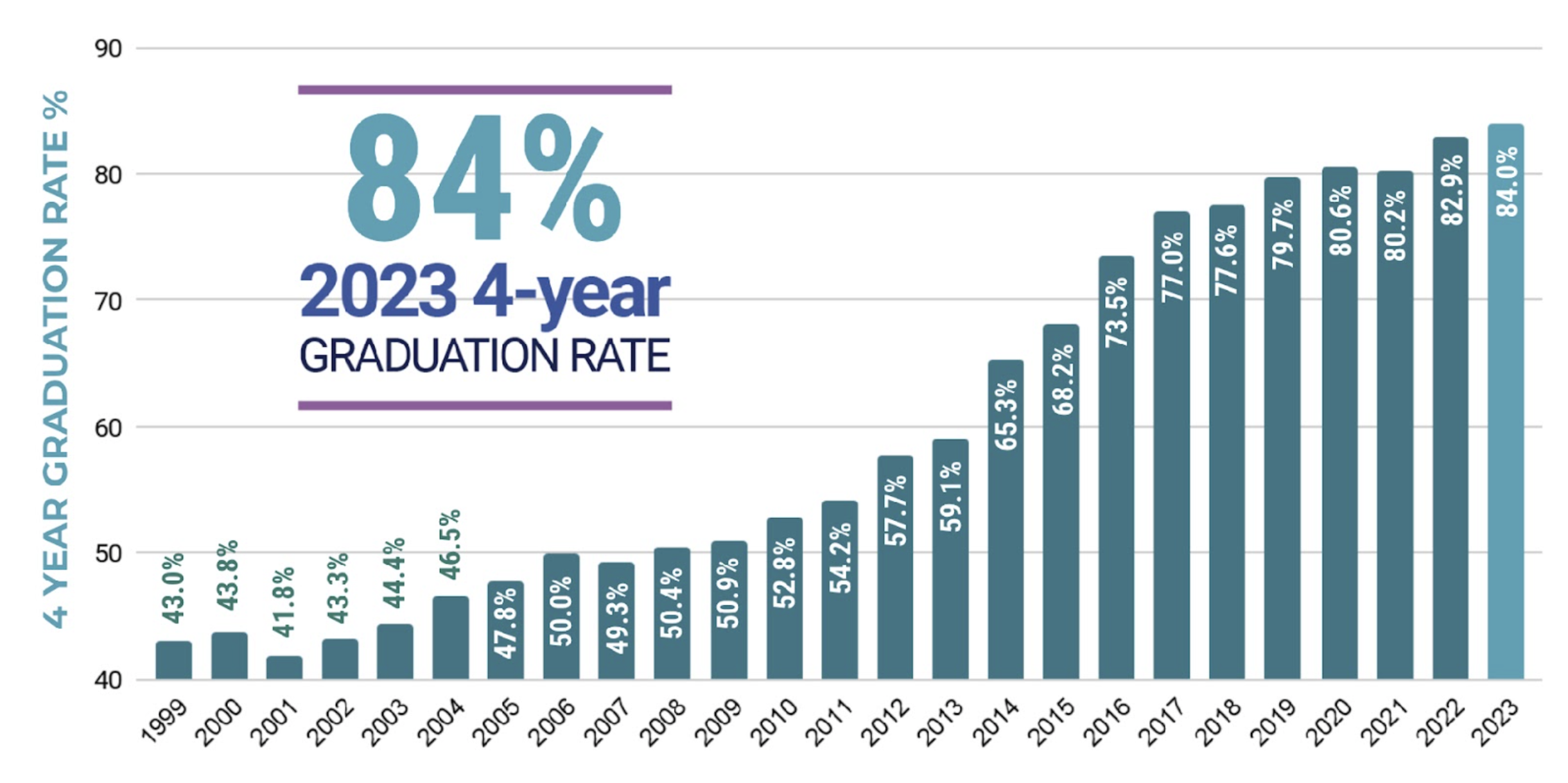
The Class of 2023 set a new record for our four-year graduation rate—84 percent! The District’s graduation rate has more than DOUBLED since 2001—an incredible achievement for our students, our district, and our city.
More Students Enrolling in College
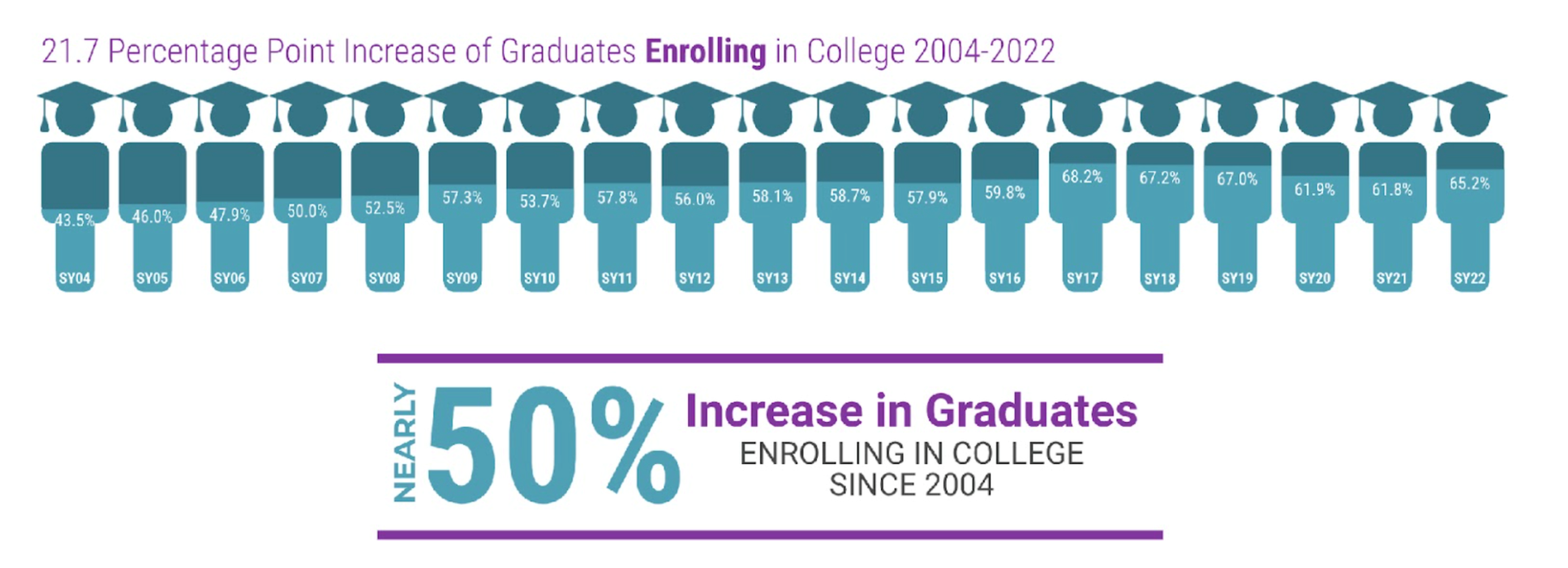
Since 2004, the percentage of CPS graduates enrolling in college has grown by nearly 50 percent. Nowadays, nearly 2 out of every 3 CPS graduates enrolls in college. Our latest college enrollment rate of 65.2 percent is among our highest rates ever, and the 3.4 percentage point increase over the past year is one of the highest year-over-year increases that we’ve ever seen. We also see that among students who enroll in college, around 3 out of every 4 enrollees persist in their higher education.
Record Scholarship Earnings

As more graduates enroll in college, they’re earning more scholarship dollars than ever before. Our Class of 2023 graduates earned a whopping $2.07 billion in scholarships, helping to ease the burden of paying for higher education.
Second-Lowest Dropout Rate on Record

While graduation rates, college enrollment rates, and scholarship earnings have risen, dropout rates have fallen. Our dropout rate of 5.3 percent is the second lowest rate on record, meaning that more students are staying in school, learning, growing, and thriving.
Almost Half of CPS Graduates Earn College or Career Credentials in High School
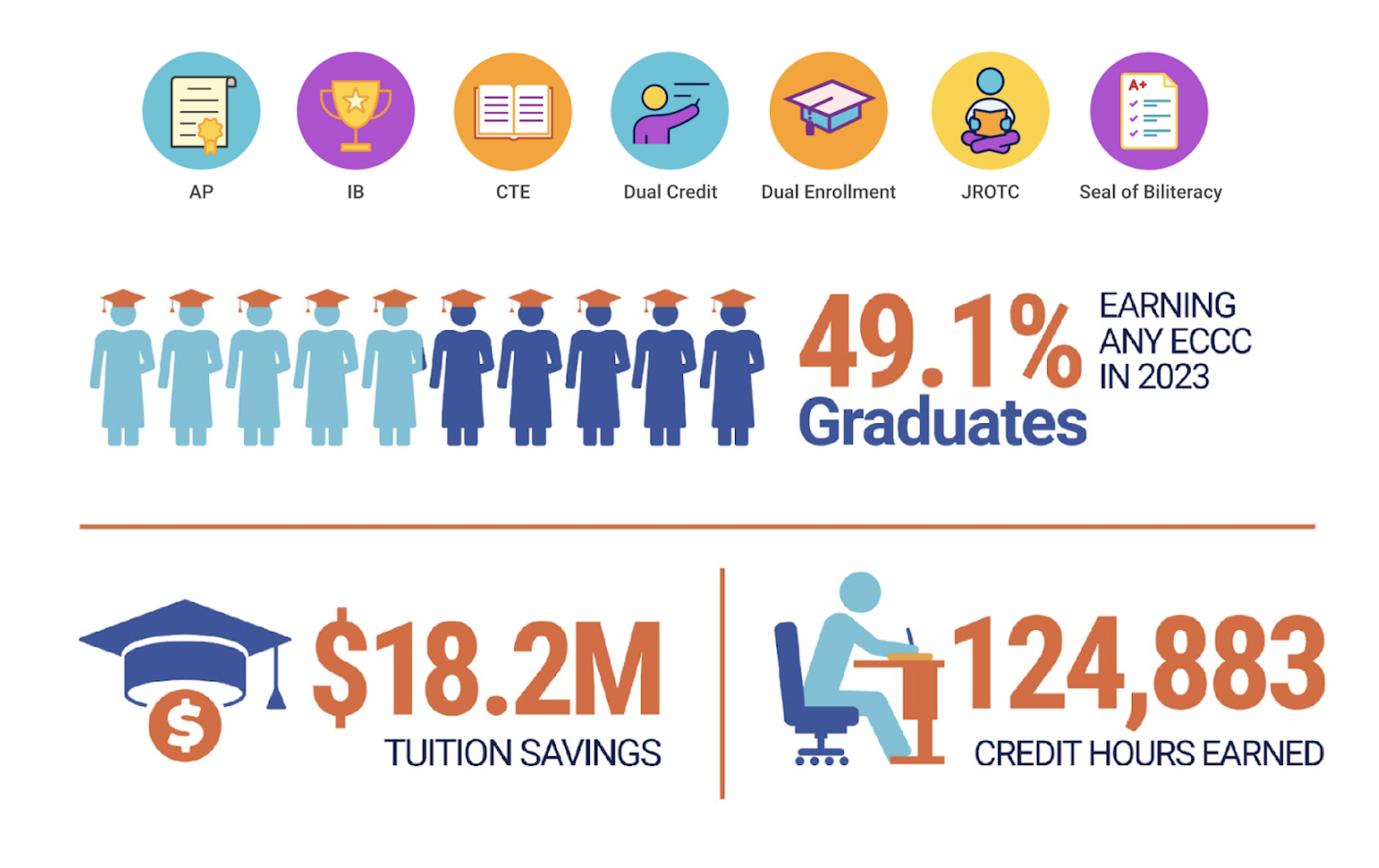
When students graduate, we want them to leave with more than just a diploma, which is why we provide a wide range of opportunities for students to earn early college and career credentials in high school, including Advanced Placement (AP), International Baccalaureate (IB), dual credit, dual enrollment, JROTC, Career and Technical Education (CTE), and Seal of Biliteracy.
49.1 percent of graduates left high school with at least one career or college credential. These advanced programs don’t just prepare our students for the next step — they save students time and money. The Class of 2023 saved at least $18.2 million on tuition, and earned close to 125,000 credit hours all while at CPS.
How We Got Here
These impressive gains reflect the hard work of our students, and the drive, dedication, and creativity of our talented teachers, counselors, and other school-based staff. They are also the result of the investments CPS has made to support students as they explore, prepare, and launch their postsecondary plans.

In terms of postsecondary exploration, we’ve expanded equitable access to high-quality academic programs like dual credit and dual enrollment; Advanced Placement; International Baccalaureate; and career and technical education. We’ve also increased advising and support through our growing number of school counselors, college and career coaches, and Post-Secondary Navigators.
provided students with increased advising and supports. And we’ve cultivated partnerships with industry and community leaders to expose students to what comes next after high school — college fairs, job and career fairs, company tours, guest speakers at events, and other exciting opportunities.
The next step is postsecondary preparedness, where students narrow their focus on what they want to achieve after graduation. To drive this focus, CPS launched the Learn.Plan.Succeed. initiative, which requires students to create a concrete post-secondary plan in order to graduate. As part of their preparation, students research the specific steps needed to complete their goals and create a plan that will be their guide as they move from high school into the postsecondary world. For some, this means work-based learning in high school through programs like Chicago Builds or the Chicago Police and Fire Training Academy. For others this means applying to colleges, and applying for financial aid and scholarships.
The final phase for our students is the postsecondary launch — putting the plan into action. For many this means enrolling and then persisting through college. For others, this may mean an apprenticeship, or pursuing an industry-recognized certification. It also means connecting with other CPS alumni for support along the way. Our Alumni Support Initiative provides recent graduates with mentorship to ensure they are staying on track. We’ve also established the College Compact Initiative, which brings together institutions of higher education so that we can collaborate with them to promote equitable outcomes for our students.
Explore Your Own Pathway
If you’re a student (or a parent of a CPS student) and you’re interested in learning more about obtaining college credit while in high school, advanced coursework, post-secondary pathways, or you’re just curious about how CPS prepares students for life after high school, please visit our Office of Early College and Career Education page.
Students Showing Progress in Elementary Grades
We’re extremely proud of our soaring graduation rates. But to get to graduation day, students need a solid foundation in elementary school. The cornerstone of this foundation is early literacy.
Leading the Way on Early Literacy
There’s an adage in education: before third grade, students learn to read, but after third grade, they read to learn. That’s why CPS has been focused on improving reading skills among our youngest learners. The data shows that this focus is paying off.
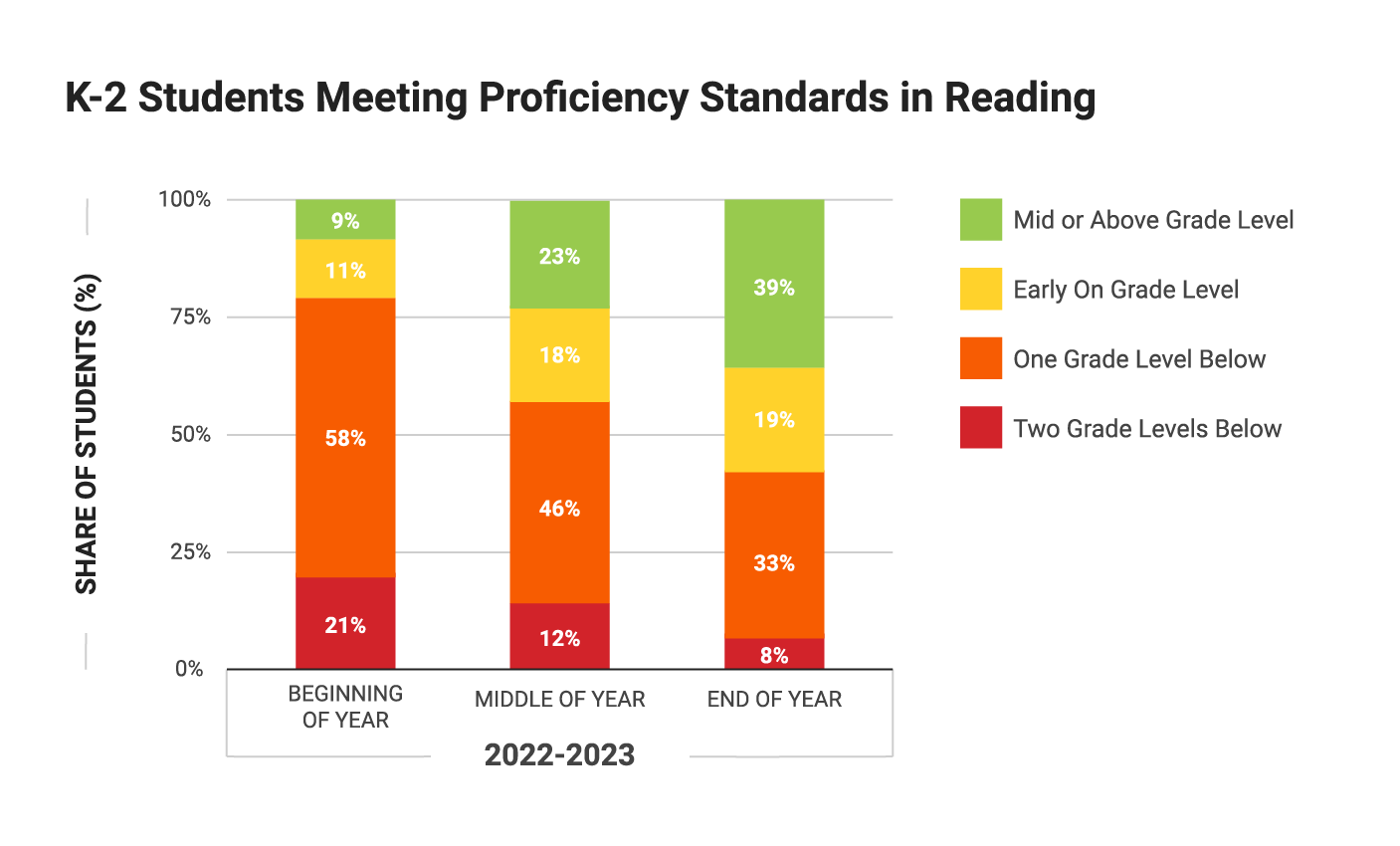
In our primary grades, CPS uses an assessment called i-Ready to measure our students’ progress in literacy. Last year’s i-Ready data shows that on average, CPS students in Kindergarten, 1st, and 2nd grade outperformed their typical growth expectations and outperformed their large-city counterparts. It also shows the percentage of students at mid- or above-grade level more than quadrupled over the 2022-23 school year, going from nine percent at the beginning of the year to 39 percent at the end of the year.
Students saw significant gains at every grade level, with the percentage of Black students at mid- or above- grade level increasing sixfold, from five percent to 32 percent, and the percentage of Latino students at mid- or above- grade level increasing from five percent to 31 percent.
Strategies to Support Early Literacy
With so much riding on our students’ grasp of reading at early ages, CPS put into place specific strategies to drive growth.
Hundreds of schools have taken advantage of our District’s universal Skyline curriculum, ensuring that students can benefit from high-quality instruction. We’ve also implemented a Foundational Skills Curriculum in many of our pre-k classrooms to help our youngest learners build their skill sets early on. And we continue to expand partnerships, such as our work with the Chicago Public Library, to increase our students’ and families’ access to supplemental resources.
Promising Growth in English and Math In Grades 3-8
While our youngest learners are making dramatic strides in early literacy, students in middle grades are making promising growth in both English and Math.
During the pandemic, English Language Arts (ELA) and Math scores dipped for students in Grades 3-8, but thanks to our focus on supporting students’ academic recovery and their social-emotional needs, our students are getting back on track.
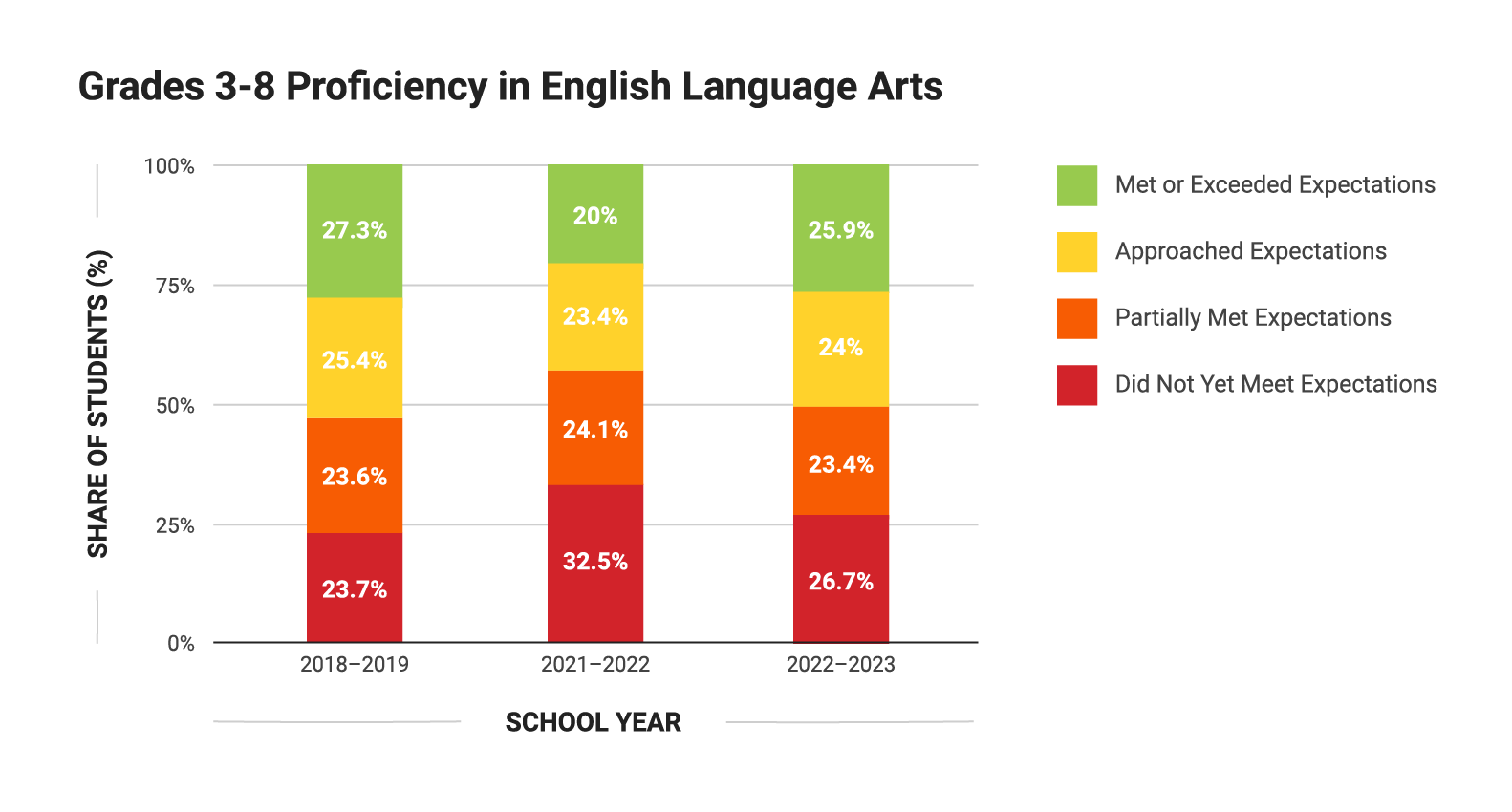 The 2022-23 Illinois Assessment of Readiness (the statewide assessment for general education students in grades 3 - 8) showed students returning to pre-pandemic levels in English Language Arts, with nearly a six percentage point increase in students meeting or exceeding expectations.
The 2022-23 Illinois Assessment of Readiness (the statewide assessment for general education students in grades 3 - 8) showed students returning to pre-pandemic levels in English Language Arts, with nearly a six percentage point increase in students meeting or exceeding expectations.
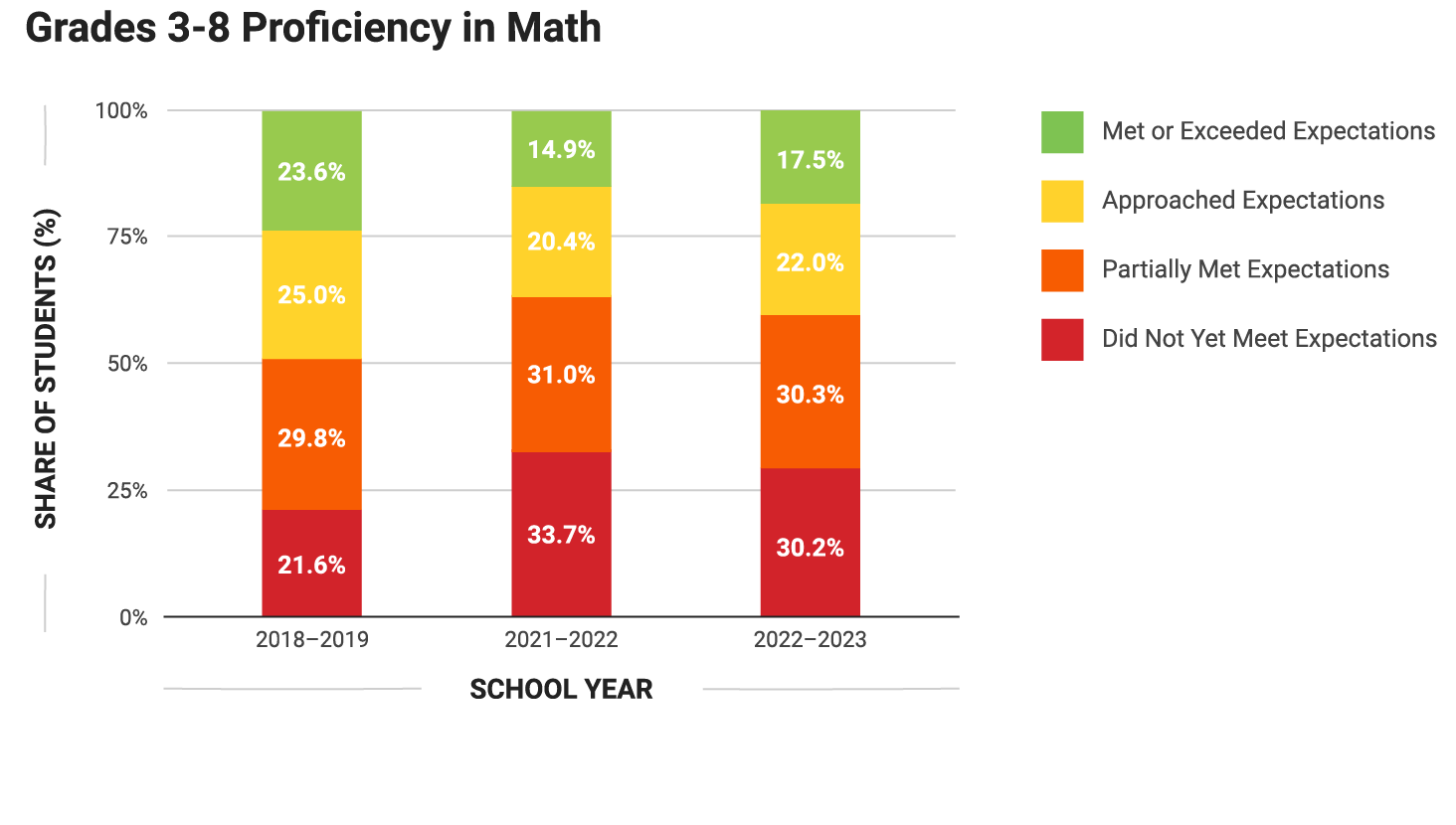 Student growth was more modest in Math — a three percentage point increase in proficiency — but still trending positively.
Student growth was more modest in Math — a three percentage point increase in proficiency — but still trending positively.
All in all, in 2023, CPS student scores on the IAR had the largest year-over-year proficiency increase since 2016, with 87% of elementary schools showing growth in the percentage of students meeting or exceeding expectations in ELA, and 73% of schools increasing the percentage of students meeting or exceeding expectations in math.
Furthermore, according to data collected at the state level, CPS students outpaced the state average in terms of growth in both ELA and Math.
While our students are once again moving in the right direction, we acknowledge that CPS must do more to raise proficiency across the board. The investments we’ve made to support our students’ recovery have the power to keep this momentum going.
Investments Driving Academic Growth
CPS students across the board have benefited from additional investments in classroom instruction. CPS employs more teachers today than at any point in our modern history, improving our student-to-teacher ratio and delivering more individualized attention for each scholar. We’ve expanded professional development offerings for our talented and dedicated educators, including an extra instructional coach at nearly 200 schools with the greatest academic needs. We’ve expanded programs like the CPS Tutor Corps, which provides high-dosage tutoring to students in literacy and math, and increased the number of academic interventionists to help students get back on track if they fall behind.
Focus on Supporting the Whole Child
If we want students to succeed academically, it means taking care of their needs beyond classroom instruction. At CPS we’ve invested in more social workers, psychologists, and counselors — especially at our highest need schools. We’re partnering with local health care providers across the city to make student mental health resources available in every school. CPS provides meals, health care, vaccines, and assistance with accessing benefits, because we know that our students learn best when their basic needs are met.
Instructional Core Vision
Finally, at CPS, we believe that to be truly effective, instruction must be centered around students’ identity, community, and relationships. The instruction that our students receive must be responsive and sustaining to who they are and what they bring. It must empower them to connect, imagine, and act as ethical, critical actors that shape the world.
Shaping our Future
The growth we’re seeing is inspiring, but it doesn’t mean we’ve crossed the finish line. We know that there is so much more work to do — to ensure gains are made equitably, to extend opportunities to students in every neighborhood, and to continue raising the bar and redefining what is possible here in Chicago.
Throughout the 2023-24 School Year, CPS will be developing our next strategic plan to guide our District for the next five years. We invite parents and guardians, students, staff, and community members to make their voices heard and join us in this process. Visit this page to learn more about the plan, fill out the Shape Our Future Survey and sign up for an engagement session to get involved in this important work to build on recent successes and build a better District to serve the children of our city.
Related Stories
31 October 2025
Take Five with Maureen Moroney, Physical Therapist with the CPS Office for Students with Disabilities
Dr. Moroney's main priority is to get her students moving throughout their school as safely and independently as possible.
26 September 2025
Take Five with Caroline Depcik, Deaf and Hard-of-Hearing Itinerant Teacher with the CPS Office for Students with Disabilities
Ms. Depcik strives to be a role model for students who are deaf and hard of hearing.
12 September 2025
Take Five with Lillian Wilkins: Hotline Support Representative in the Office of Access and Enrollment
Lillian wants the enrollment process to be as seamless as possible for families.
16 May 2025
Getting Ready for My Future as a CPS Teacher: Take Five with Madison Dancer
Madison recently graduated with her bachelor’s degree in elementary education, but her journey with Teach Chicago Tomorrow is not over!

